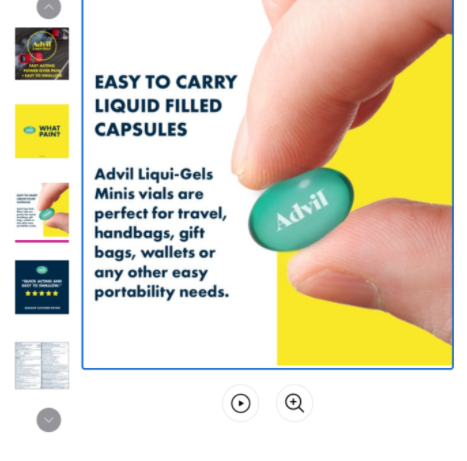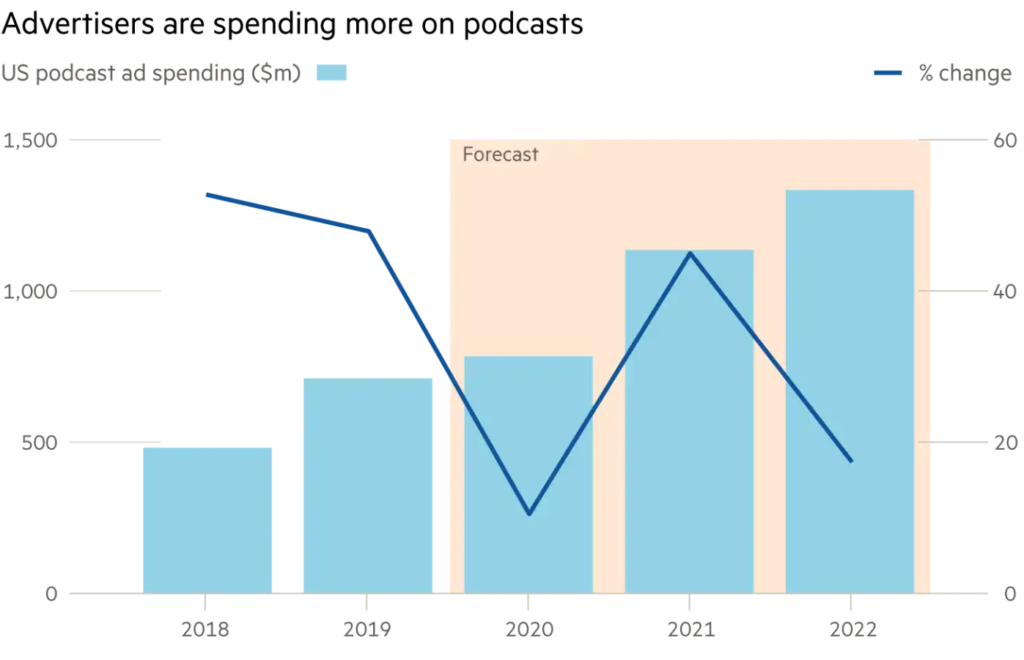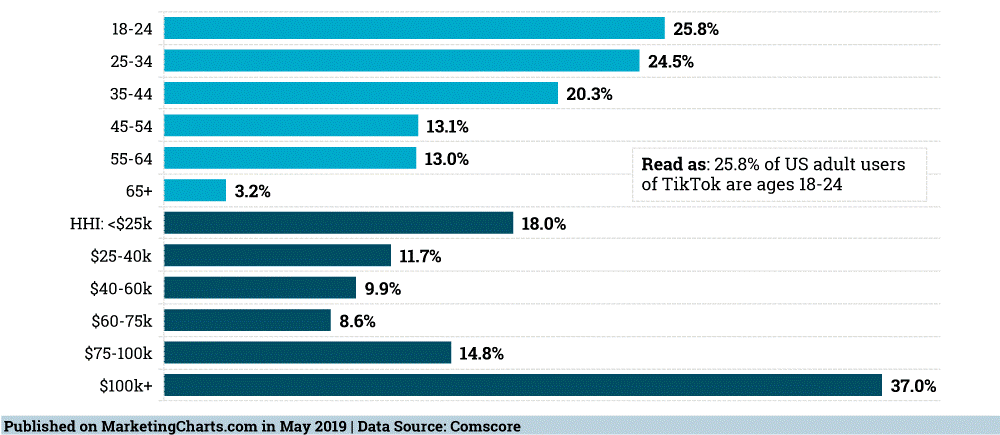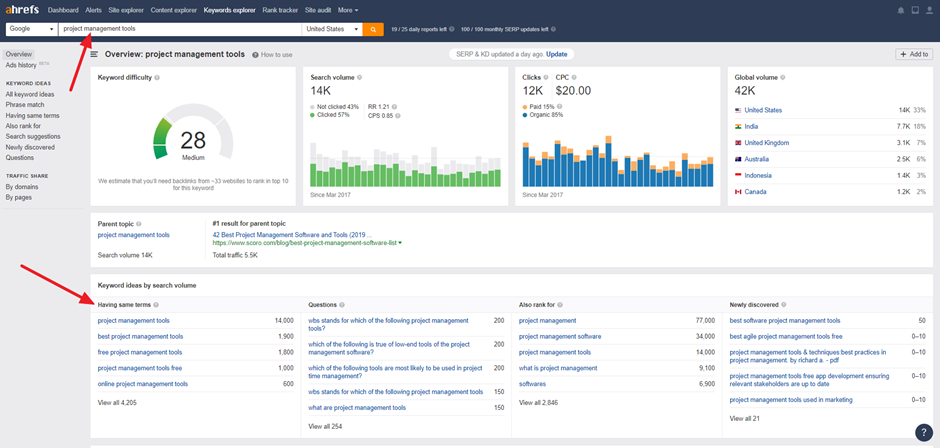Product-Led Growth (PLG) is defined as a go-to-market strategy that relies on using your product as the main vehicle to acquire, activate, and retain customers. It is an end user-focused growth model that relies on the product itself as the primary driver of customer acquisition, conversion, and expansion.
Companies or brands using this model are able to grow faster and more efficiently by leveraging their products to create a pipeline of active users that are then converted into paying customers. Therefore, any company operating in niche vertical markets can adopt PLG principles to improve user experiences (UX) and increase go-to-market efficiency.
What is a go-to-market strategy?
A go-to-market (GTM) strategy is an action plan that specifies how a company will reach target customers and achieve a competitive advantage. However, before diving into which GTM strategies might work best for your business, you need to understand your market conditions, competitive positioning, ideal customer and product offering. Having a knowledge of each of these elements will help you choose a GTM strategy that will acquire, retain, and grow your customer base in the most capital-efficient way.
Why Is Product-Led Growth Becoming Of Rising Importance?
Product-Led Growth may look like a simple model for your buyer to try before they buy. However, a deeper look shows that Product-Led Growth is a completely new way of growing a SaaS (software as a service) business. Consequently, by leading with the product throughout an organization, product-led companies often benefit from shorter sales cycles, lower Customer Acquisition Costs (CAC), and a higher Revenue Per Employee (RPE).
- Startups are more expensive to grow: It has never been cheaper to build a SaaS company. However, because of this low barrier to entry, there’s no shortage of competition. As a result, it’s becoming more expensive to acquire customers.
- Buyers now prefer to self-educate: This isn’t limited to the Business to Consumer (B2C) space. According to Forrester, three out of every four Business to Business (B2B) buyers would rather self-educate than learn about a product from a sales representative. Therefore, trying out a product through a free-trial is less hassle and can help you decide quickly on a product.
- Product experiences have become an essential part of the buying process: Most product-led companies allow the entire onboarding and upgrade experience of the user to be handled by the product (without the need for human intervention). However, that’s not to say that these companies have no need for sales representatives. Regardless, your product needs to do the heavy lifting when it comes to getting new users up to speed.
The 3 Pillars of Product-Led Growth
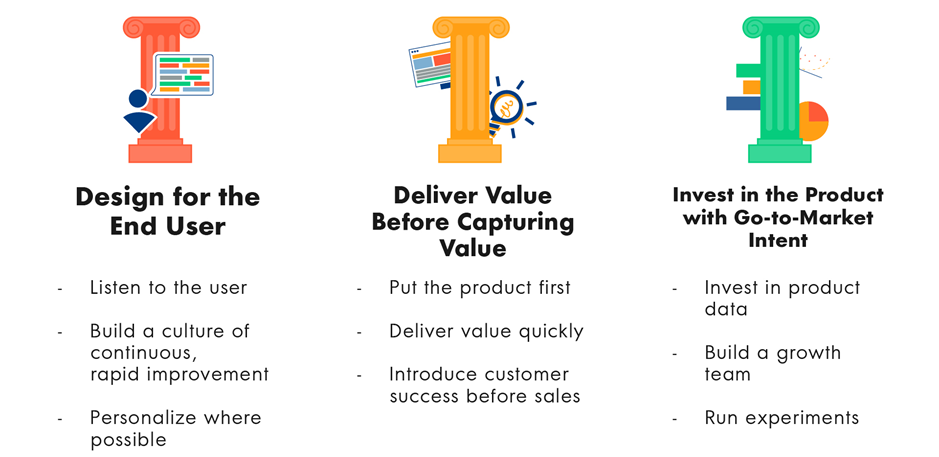
Source: Open View Partners
1. Design for the end-user:
End users are now in the driver’s seat. Unlike organizations that think in terms of formal ROI, end users are people. And people want to solve the problem they have right now. According to Calendly, designing for end-users is all about understanding what they do – and also understanding who you serve. In other words, designing for end-users means putting the needs of your customer first, listening to their problems—and committing to making consistent improvements to your product to solve those problems more effectively.
2. Deliver value before capturing value
Good relationships involve give and take. You need to give your users something of value before you can expect value in return. This is why product-led companies prioritize a short time to value (TTV). A common application of this concept is to allow users to access some or all of the product before they need to pay, often through a self-serve free trial, freemium model, or open-source model. But a delayed paywall does not inherently deliver value.
Something else needs to happen between when a user signs up for your product and when they enter their credit card information. Namely, users must realize your product’s value for themselves. In order for that to happen, you need to either solve the user’s problem in that short space of time or get them to the critical “aha moment” wherein the proverbial light bulb goes off and the user understands exactly how your software will improve their day-to-day life.
- For products that require human touchpoints, the way to deliver value before capturing it is to put customer success before sales in the user journey.
- For products where the creation of value for the end-user requires an upfront investment of that user’s time—such as in infrastructure software and API-driven developer tools—investing in rich documentation and enabling technologies can help customer success scale to meet the demands of being at the front of the funnel.
Whether you have a low-touch or high-touch business model, the principle of reducing all potential barriers to users solving an immediate problem is a cornerstone of building a successful PLG business.
3. Invest in the product with go-to-market intent
The upfront cost of creating software is typically higher than the costs of delivering professional services – to a first customer. After that, the marginal cost to deliver the same value to a second customer is near zero. That can make the upfront investment highly profitable in the long term.
The same is true for bringing a product to market. The marginal cost of distributing software, enabling users and customers, and capturing value using software is dramatically less than doing the same with professional services.
PLG companies apply this insight to their go-to-market strategy by investing in the product with the intent of driving acquisition, conversion, and expansion. They do this by:
- Investing in robust product data that allows teams to track, measure, and analyze user behavior.
- Building out a growth function that is responsible for ensuring the product enhances its own distribution, enablement, and ability to capture value.
- Running go-to-market experiments that lead to incremental improvements to the user journey.
PLG metrics
There’s a good chance you’re using the wrong metrics to measure product-led growth. That’s because some of the metrics typically used to measure SaaS businesses just aren’t well-suited to this new go-to-market motion. For example:
- Growth Rates: For typical SaaS companies, high growth is key. But our data suggest that PLG businesses often have lower growth rates than their peers until they reach the $10M ARR mark—after which the inverse is true. Metrics that emphasize growth rate too early could actually detract from the promising high-growth engines at the heart of a PLG business.
- CAC Payback: Public PLG businesses spend 44% more than their SaaS peers on R&D costs (product and engineering). That is partially offset by lower sales and marketing spend, but it’s nearly impossible to understand the ROI of spend on the product itself.
- LTV/CAC: This classic SaaS metric doesn’t work for PLG companies, mainly because it doesn’t take into account some of the core pillars that make PLG businesses attractive: low churn and the chance for revenue expansion from accounts.
- Logo Retention: How do you measure logo retention in a bottom-up adoption model in which you may have there are dozens of individual users from an organization, each with their own account?
How to Measure Product-Led Growth
The Natural Rate of Growth (NRG) succeeds where traditional SaaS metrics fall short. It allows PLG companies to pinpoint the percentage of their recurring revenue that comes from organic channels and starts with the product.
You can think of this metric as a measurement of how fast a company grows without even trying – before layering on incremental investments in sales and marketing.
The formula looks like this:
Natural Rate of Growth = 100 x Annual Growth Rate x Organic Signups (%) x ARR from Products (%)
The significance of Natural Rate of Growth includes:
- Providing companies with a strong indicator of future revenue.
- Ability to track growth from the early days of monetization all the way through to IPO.
- Applicable to all software companies, no matter where they are in PLG maturity.
- Ease of measurement without sophisticated processes or tooling.
- Identification of the ability of a business to drive efficient growth via the product itself.

